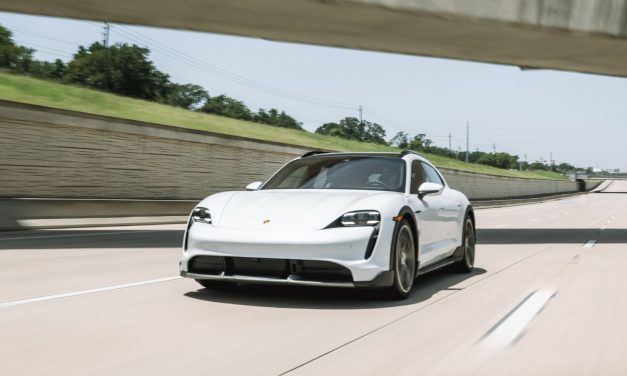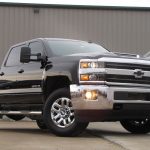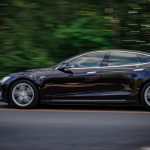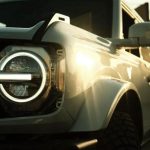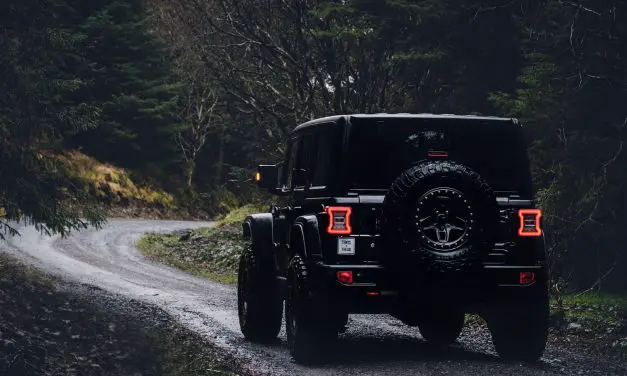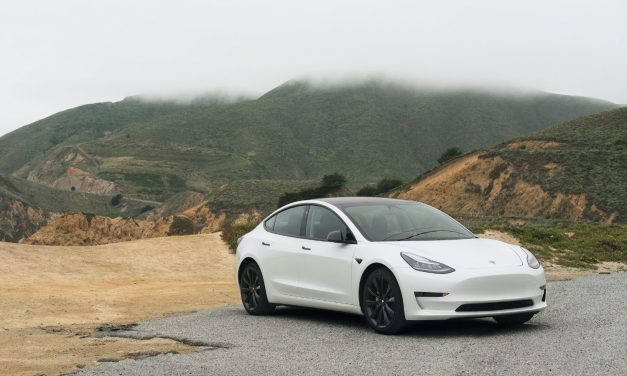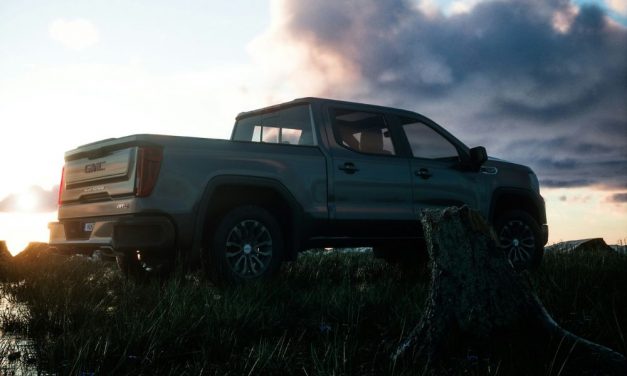All
PopularThe Average Weight of an Electric Vehicle (SUVs, Trucks, Sedans & Coupes)
We have been trying to keep track of data for all the vehicles we physically can, and part of that...
All
Top RatedList of 48 Bed Length Options From 26 Different Trucks (Plus Our Favorites)
When it comes to picking the right pickup truck, your pickup’s bed length matters, depending...
All
LatestAll 7 SUVs That Get Over 40 Miles Per Gallon (MPG) in 2024
For a long time, as SUVs got larger and engines got smaller (due to emissions regulations), we...
Pickup Trucks as a FIRST CAR (Should you do it?)
A pickup truck is the perfect first vehicle for many people. It’s tough, and can handle almost...
Read MoreWhat SUVs are not crossovers? (All 16 Options in 2024)
Whether you agree with it or not, body-on-frame SUVs are becoming less common! Even huge...
Read MoreTop 3 Reasons Your Car Window Doesn’t Go All The Way Down
Not all car windows, especially those in the rear of the vehicle, will go all the way down! Some...
Read MoreLike Adaptive Cruise? These 10 Pickup Trucks Have It in 2024
Many pickup trucks now utilize adaptive cruise control and other driver-assistance features for safety. These vehicles include the 2022 models for Toyota Tacoma, Rivian R1T, Ram 1500, Chevrolet Silverado 1500, Honda Ridgeline,...
Read MoreTop 4 Most Fuel Efficient (Non-EV) Trucks (1 is over 30mpg)
Fuel efficiency is more important than ever, with higher gas prices and budget-conscious shoppers...
Read More6×6 vs Dually Trucks: What’s the REAL difference?
Most trucks on the road today have 4 wheels, 2 in the front and 2 in the back! However, you will...
Read More

